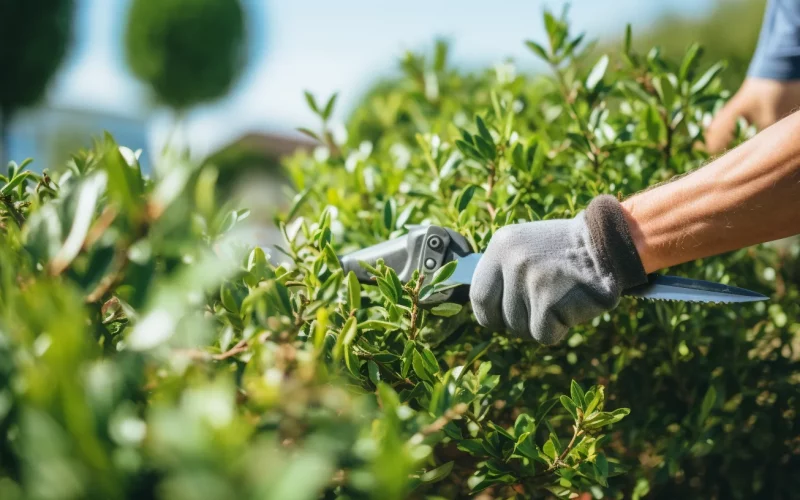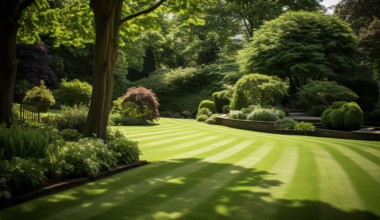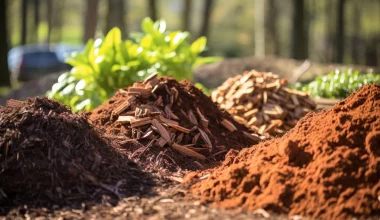A garden in full bloom is a pleasure to behold, but without proper care and attention, it can become unruly and less appealing. Late summer pruning is an essential practice for maintaining the shape, health, and vitality of many plants in your garden. Whether you’re an experienced gardener or just starting, this guide will provide insights and tips to help you master late summer pruning.
Understanding Late Summer Pruning
Late summer pruning involves trimming back plants after they’ve completed their main growing period. This helps encourage new growth, improve airflow, reduce disease, and keep plants looking their best.
Why Prune in Late Summer?
- Promote Growth: Pruning stimulates new growth and can invigorate tired plants.
- Disease Control: Removing dead or diseased branches helps prevent the spread of disease.
- Aesthetics: It helps maintain the shape of plants, making them more visually appealing.
- Prepare for Winter: It can help plants harden off and prepare for the colder months ahead.
What to Prune in Late Summer
Flowering Shrubs and Perennials
- Prune summer-blooming shrubs after they’ve finished flowering to encourage new growth.
- Cut back faded perennials to tidy up the garden and possibly stimulate a second bloom.
Hedges
- Give hedges a trim to maintain their shape. Be cautious not to cut back too hard, as new growth may not have time to harden off before winter.
Trees
- Remove any dead or damaged branches. Consult with a professional if you’re unsure about pruning larger trees.
Roses
- Deadhead spent blooms, and lightly shape the bushes to encourage a late summer or early autumn flush of flowers.
How to Prune
Tools You’ll Need
- Hand Pruners: For small branches and stems.
- Lopping Shears: For larger branches.
- Saw: For very thick branches.
- Gloves: To protect your hands.
Pruning Tips
- Make Clean Cuts: Use sharp tools to make clean, smooth cuts.
- Cut at an Angle: Angled cuts help water runoff, reducing disease risk.
- Don’t Over-Prune: Removing too much at once can stress the plant.
- Follow Plant-Specific Guidelines: Different plants require different pruning techniques.
Considerations for the British Garden
Late summer in the UK is an ideal time to carry out these tasks. The weather is typically mild, and the risk of frost is low. Additionally, late summer pruning aligns with the natural growth cycles of many British plants.
Wrapping Up
Late summer pruning is a vital part of garden maintenance, fostering healthy, vigorous, and beautiful plants. As you trim back and shape your garden, remember that gentle care and attention to detail can yield remarkable results. Happy pruning!






